Huge Russian convoy ambushed and burned on the road to Pokrovsk
Russia’s attempt to force a breakthrough toward Pokrovsk has entered a phase where visibility, timing, and movement corridors are becoming as decisive as firepower itself. What was once a contest for territorial advantage is now a struggle over who controls the very conditions of the battlefield, from weather to electronic warfare to drone-saturated airspace. In this environment, even a temporary shift — a fog bank, a mined road, a broken supply line — can determine whether a column advances or is wiped out before it reaches the frontline. Ukrainian forces have transformed the approaches to the city into a layered kill zone, where drones, sensors, and mines can halt any Russian attempt to establish a secure logistical route. For Russian commanders, demonstrating control over Pokrovsk has become a political requirement, yet every movement into the area carries the risk of catastrophic losses. As the battle continues, Pokrovsk is no longer just a point on the map but a test of whose military adaptation can outpace the other in a war defined by surveillance, precision strikes, and the collapse of traditional maneuver tactics.











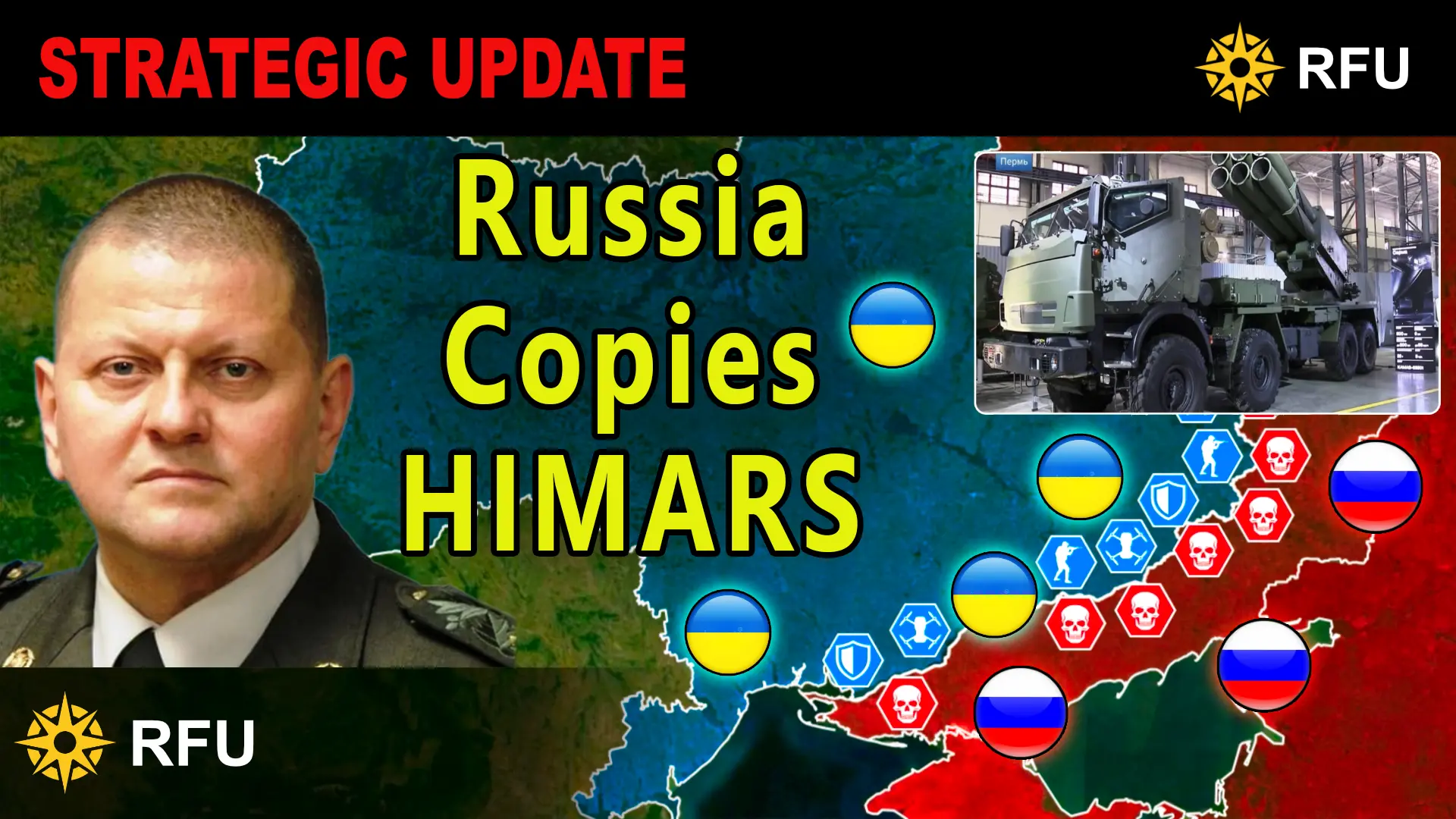
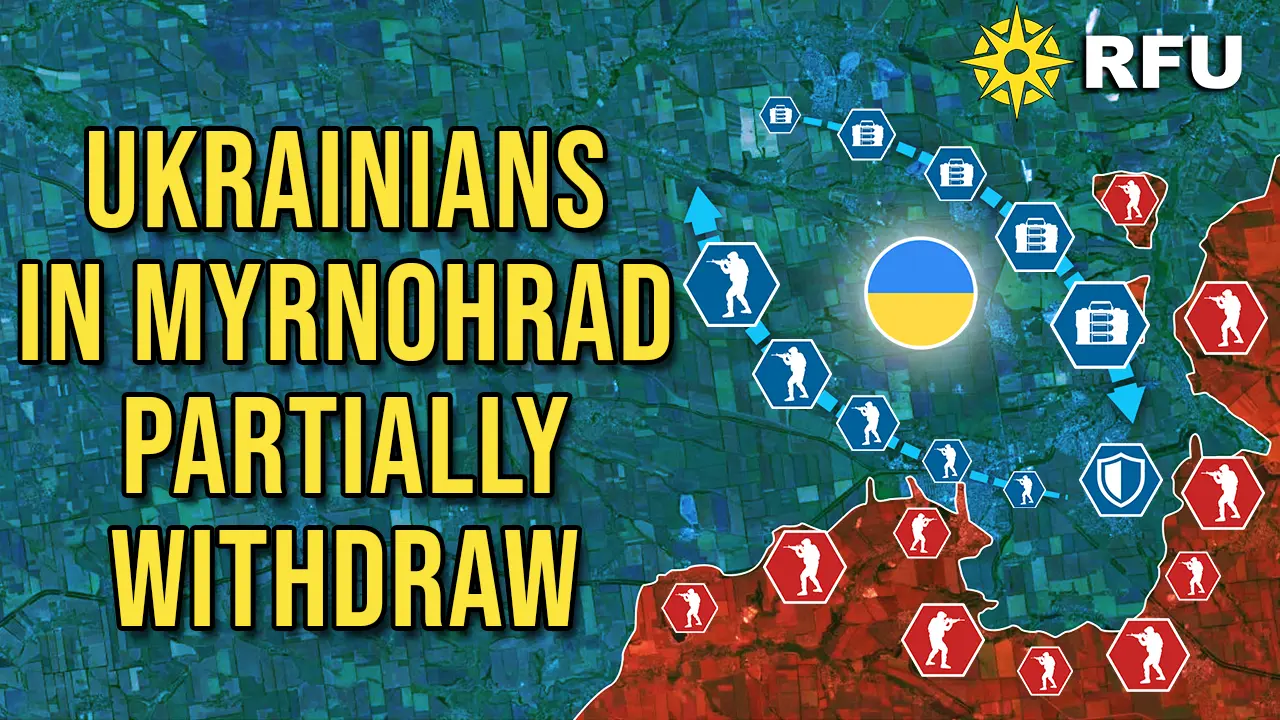
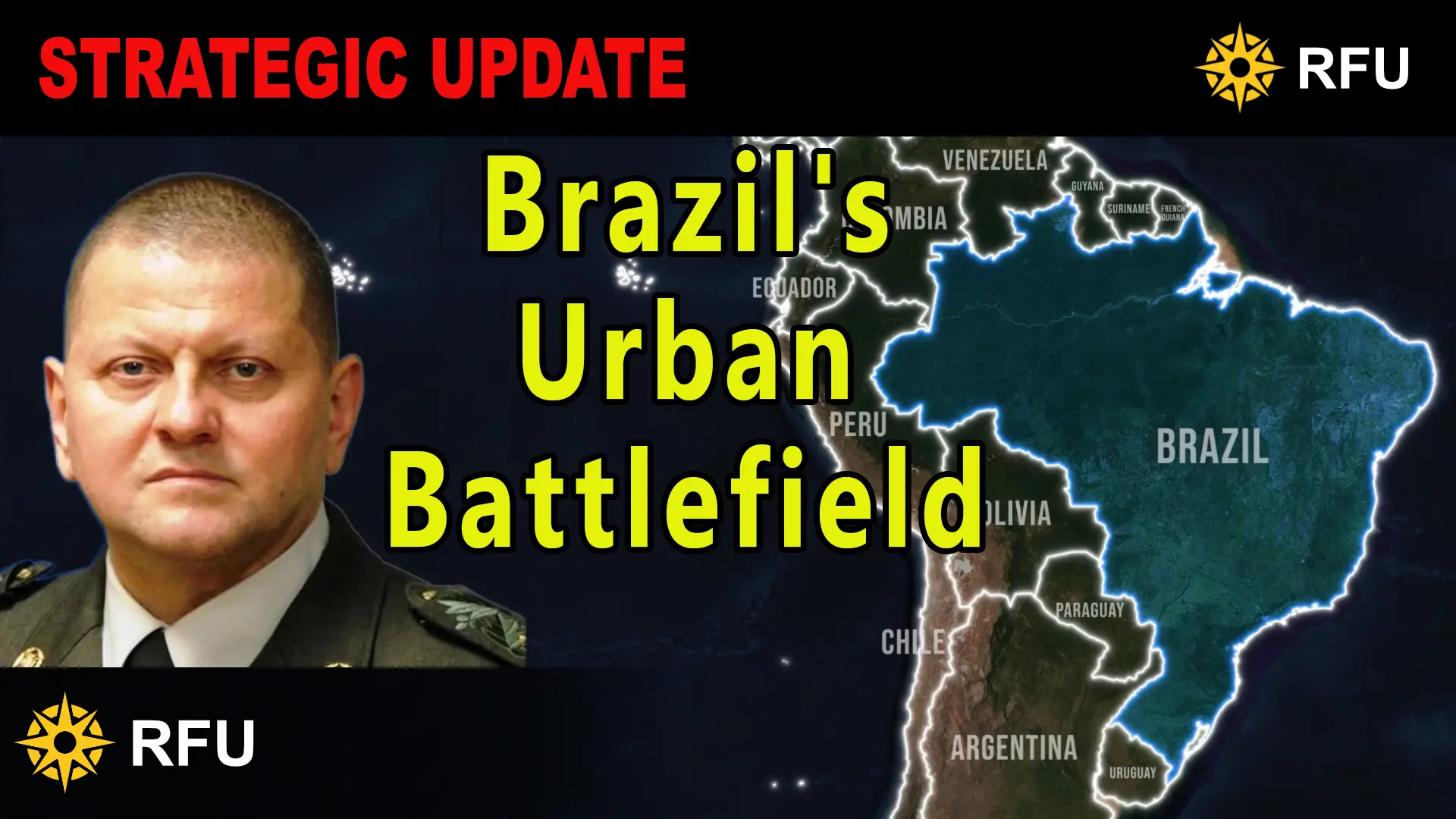
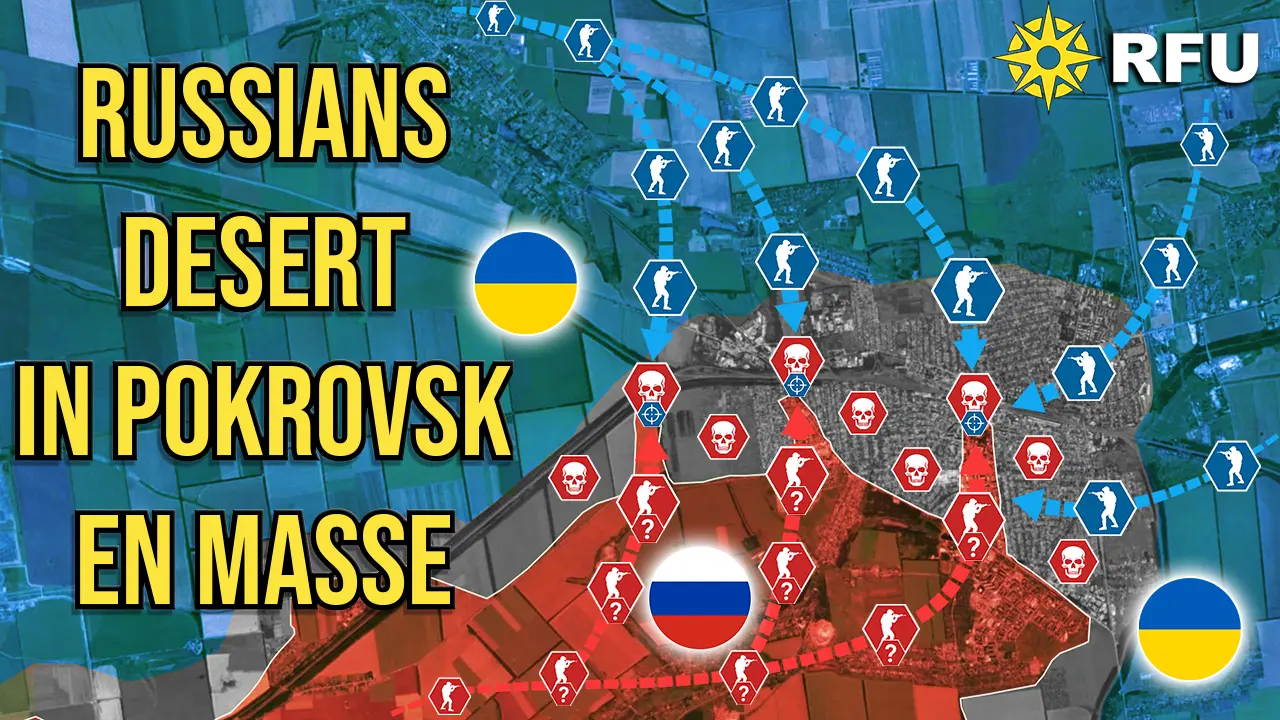

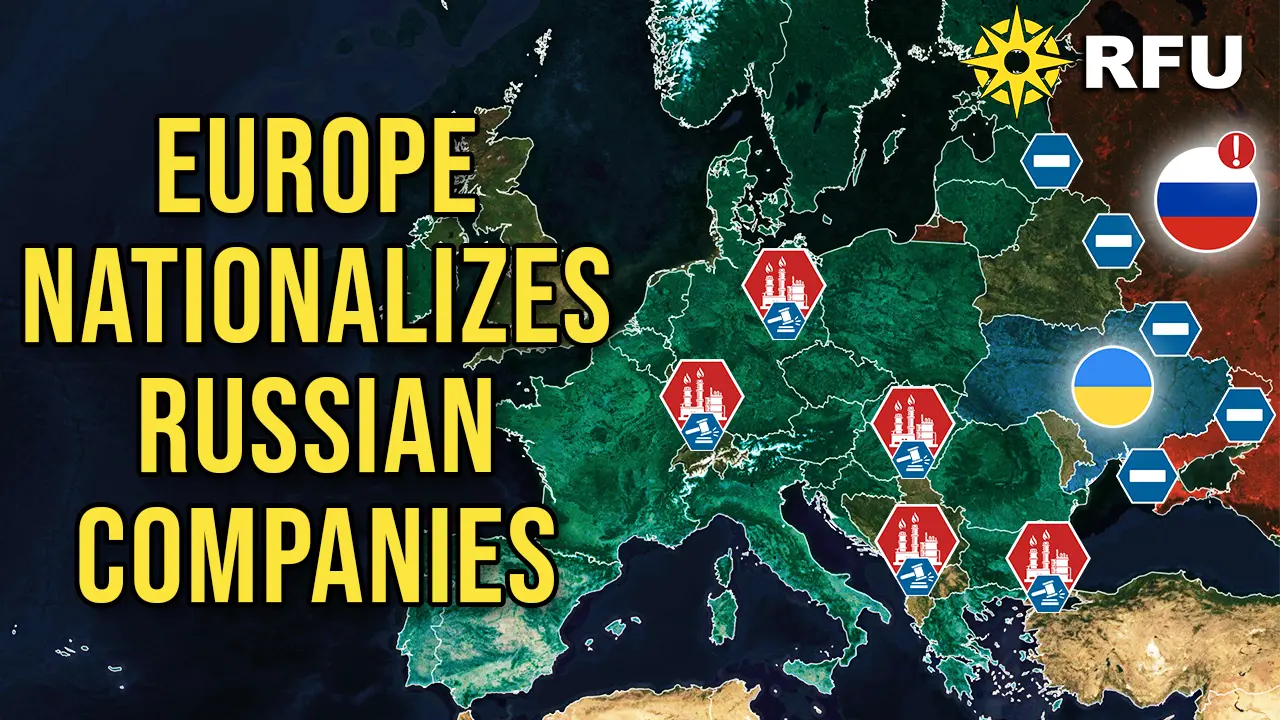
0 Comments